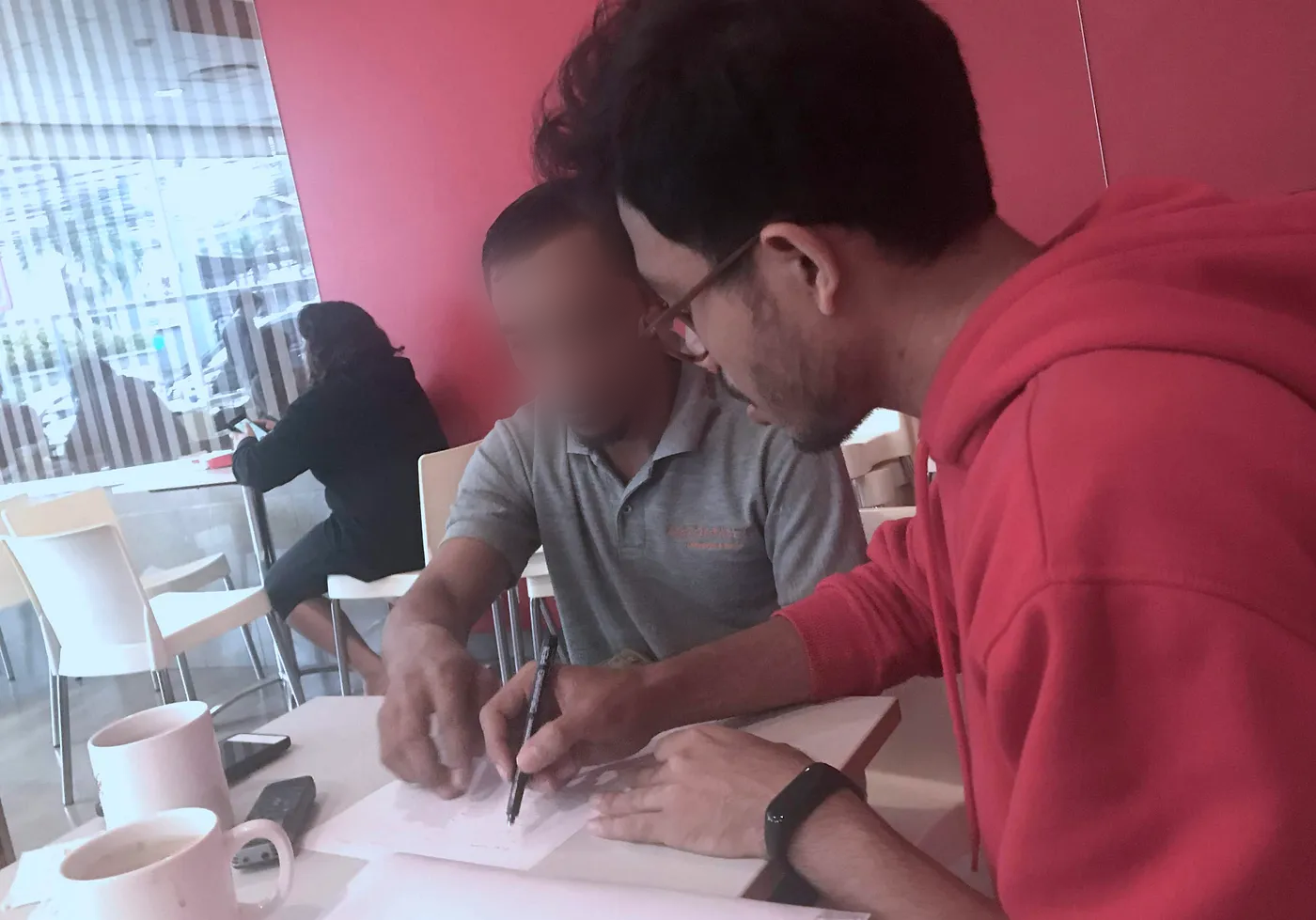Making a Remote Consent and NDA Form
Due to COVID-19, we are no longer able to sign the Consent and NDA (Non-disclosure Agreement) Form with the participants when we meet them. Here’s how we redesigned the way we do it.
As I’ve mentioned in my other article, a Non-disclosure Agreement is a very important piece of an ethical research study. It serves as the researcher’s commitment to ensure our participant’s privacy.
In Somia CX, we usually do it with both the moderator and the participant signing the documents together just before the session starts. Due to the COVID-19 situation, this is not possible so we need to think of a different way.

So when I did our remote Usability Testing session, I decided for us to make an online form that the participant needs to fill in. Pretty simple right?
Generally, we already ensure the participants are okay with the terms written in the Non-disclosure Agreement and Consent form during recruitment, it’s just the signing that’s done during the meeting to make it formal. As we can still let them know during remote recruitment, we simply tried to tap into that opportunity to do the signing.
When we provide our participants with the form, we usually walk them through each statement to make sure our participant know what they signed for, but this is technically very challenging to do online:
- reading it via call would make it harder to understand as the participant needs to rely fully on the moderator and their memory of what’s given and we don’t have written proof that they agree on it,
- sending it online does not guarantee that the participant really read each of the statements and signed just for the sake of signing but then drop off on D-day as they had things that they disagreed with on the form,
- we know there’s Docusign or Privy ID, but we realized it can be too complex for some people to use without proper instruction and we don’t want them to feel overwhelmed before even participating in the study.
So what we did is that we made a form that is constructed of multiple statements that the participants need to respond with an agreement. At the end of the form, we asked them for their full name and email in substitute for their signature.
Voila! Using this setup, we were able to get a written response, while, to a certain degree, ensuring the participants read each statement and know what they signed for while keeping it easy to do.
What I also learned from this is that despite the situation, there’s always a way to tackle them. And this is only one of the things we learned from doing full remote research, if you’re curious, read here to learn more.